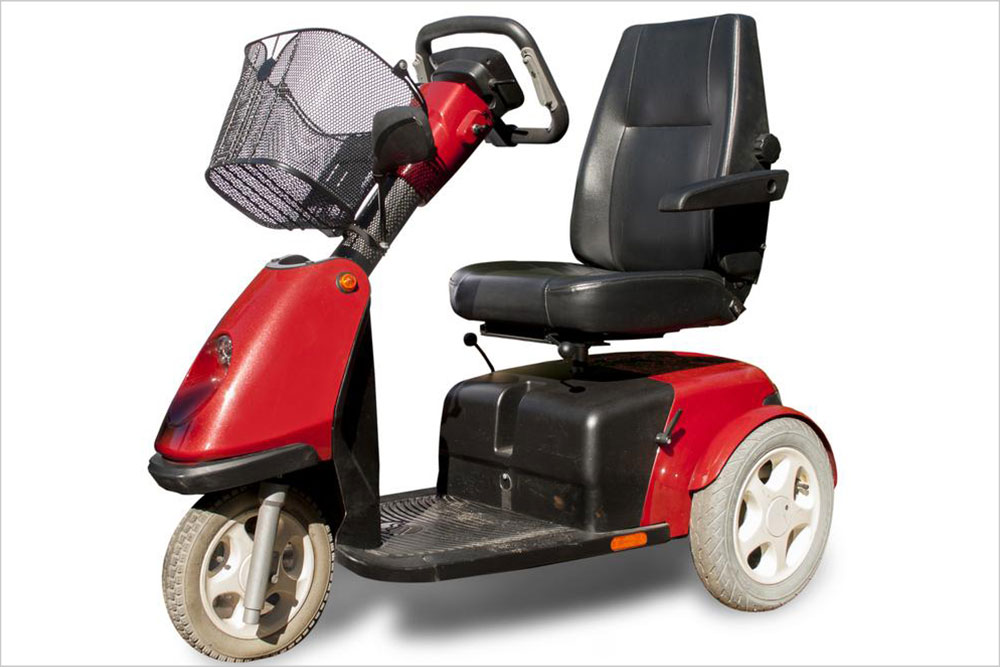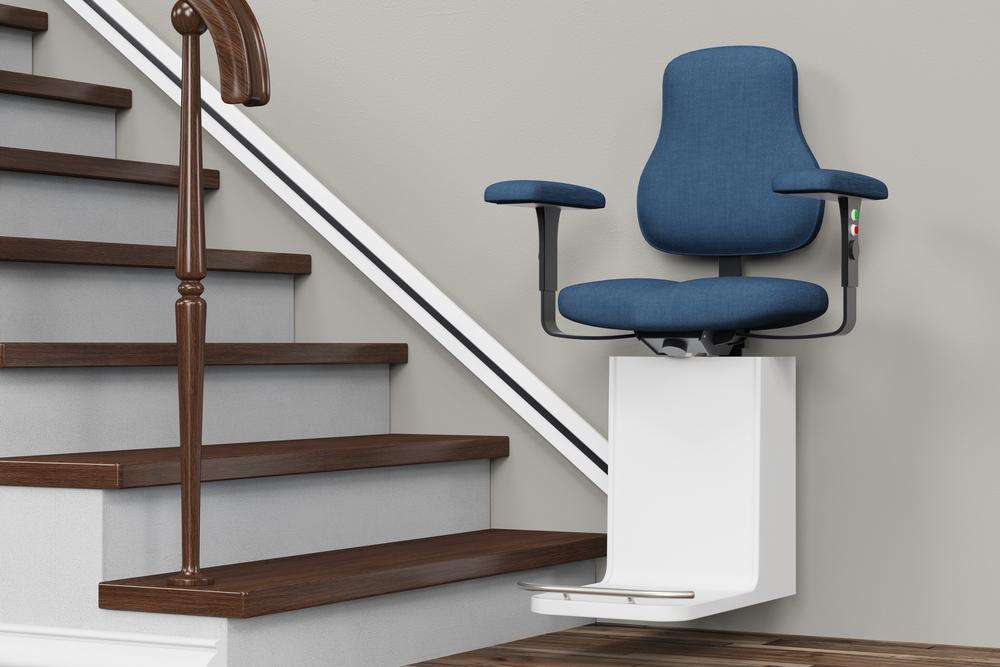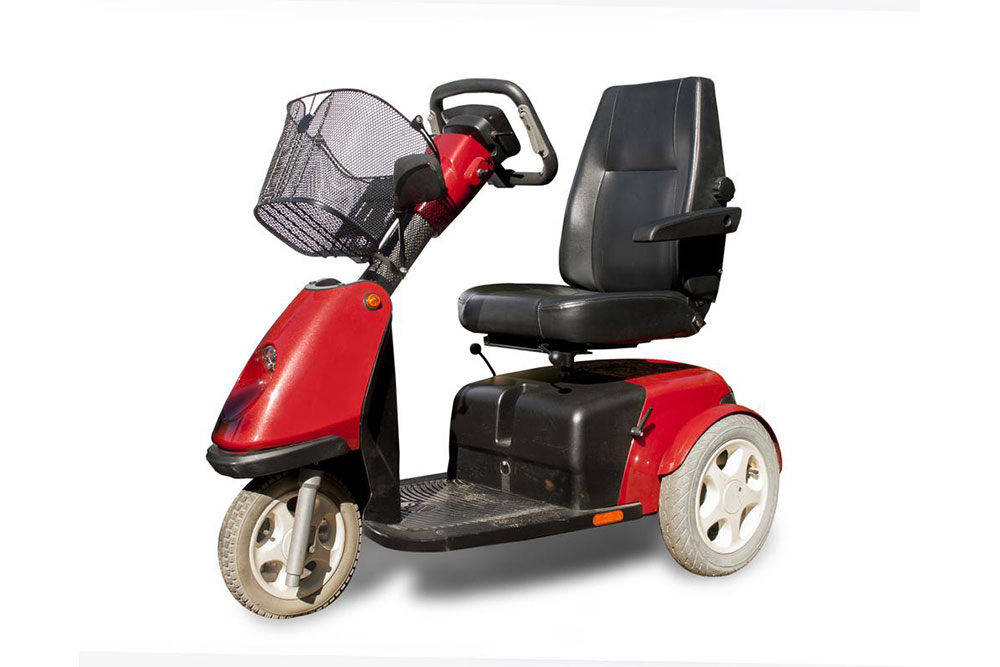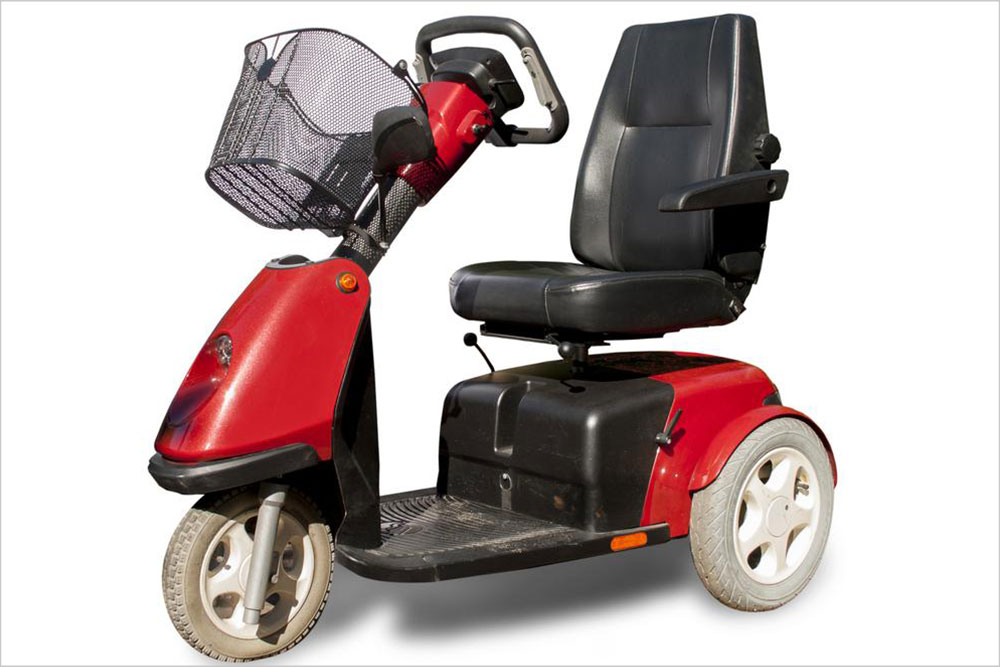Understanding the Functionality of Electric Wheelchairs
This article provides a comprehensive overview of how electric wheelchairs work, highlighting their technical features, control systems, and benefits. It covers different models, price ranges, and purchasing tips, helping users understand and choose the right mobility device for their needs.
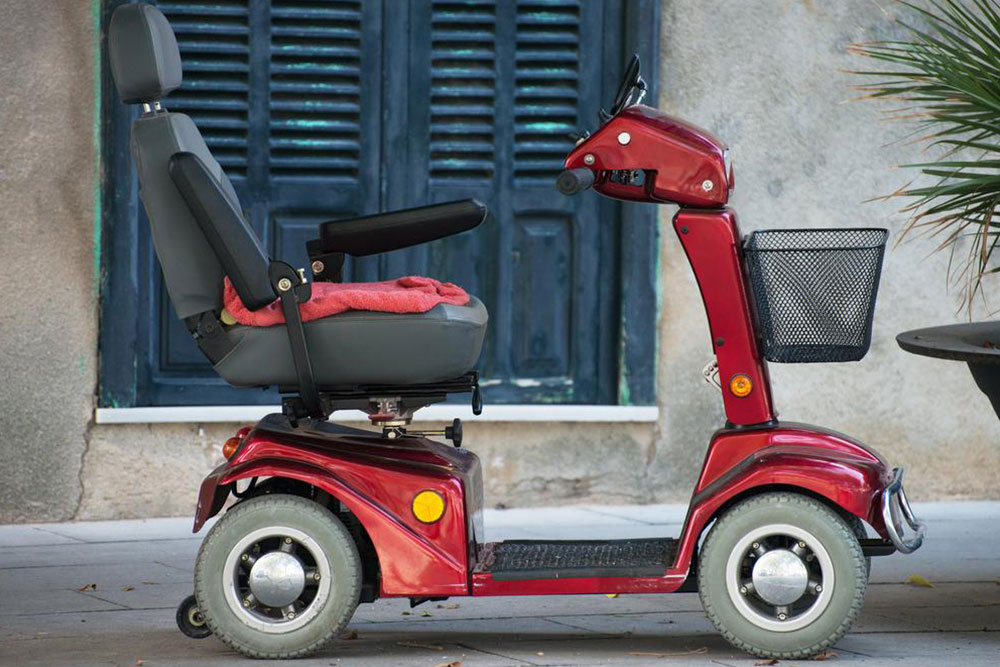
Understanding How Electric Wheelchairs Operate
Electric wheelchairs represent a significant advancement from manual models, offering self-propulsion to navigate diverse terrains and slopes with ease. The motor handles the effort, providing users with enhanced mobility.
They feature a compact platform beneath the seat housing the motor and power source, usually a battery pack. This assembly connects via wiring to the motor, control panel, and seat adjustments.
Controls are typically mounted on the armrest, allowing users to manage functions like speed, direction, and seat positioning—raising or tilting the seat as needed. The system includes a feedback loop between the motor, battery, and control interface, ensuring smooth operation.
The power source, ranging from 12 to 80 amps of DC, sustains continuous operation. Unlike manual models, electric wheelchairs use a fixed chassis with guide wheels equipped with suspension systems that handle uneven terrains effectively.
Modern models feature large tracked wheels, reinforced frames, pneumatic suspensions, and high-torque motors suitable for challenging terrains. Popular options include Golden Compass Sport, Cirrus Plus HD, and Pride Jazzy 600 ES.
Prices vary from approximately $1,000 to over $7,000, available through healthcare and specialized wheelchair retailers, both online and in-store. Reading product reviews can help choose the right model.
Note:
Our blog offers diverse informational content for readers seeking insights into health and mobility devices. While we strive for accuracy, we recommend verifying details, as information may vary across sources. We do not endorse specific products or schemes but aim to assist potential buyers with useful guidance.

